Explanation
Surrounded by majestic pine trees, Huirisan Mountain boasts an outstanding landscape; there is a reservoir at the foot of the mountain. Upon climbing to the top of the mountain, visitor can overlook the scenic West Sea. There are also numerous attractions near Huirisan: Chunjangdae Beach, Geumgang River Banks, and Hansan Mosi Town (“Mosi” referring to “Ramie,” the predominant fabric used for traditional Korean clothing)
The top of the mountain (329m in x_height) is called Munsubong (or Munsu Peak). To the northwest of the Huirisan Pine Tree Recreational Forest is Saindae. Legend goes that four generals used to play there. Indeed, there is a cliff (140m in x_height) just below Saindae where they were believed to do chin-ups. Naturally, people call the area Teokgeolijang (Chin-Up Spot). Traces of Munsusa Temple still remain below Munsubong although it was said to have been destroyed by a huge number of bedbugs. 500m from Munsubong to the south, horse riding trails of the four generals are dotted along the ridge; Malttongbawi (Horse Dung Rock), resembling horse droppings, is 500m from the peak to the southeast.
Below Munsubong are four large peaks where the four generals lived and 100 small rocks beneath them that were home to low ranking men commanded by the generals. Because of their unique shapes, those rocks form a scenic sight while hiking in Huirisan.
Inquiry
+82-41-953-2230
Homepage
www.huyang.go.kr (Korean only)
Information Use
Contact and Information : • 1330 Travel Hotline: +82-2-1330
(Korean, English, Japanese, Chinese)
• For more info: +82-41-953-2230
Opening day : 1999
Parking facilities : Available (60 parking spaces)
Hours : 09:00-18:00
* Accommodations: 15:00-13:00 (the following day)
More information
Admission Fees
Adults (ages 19-64): Adults 1,000 won / Groups 800 won
Teenagers (ages 13-18): Adults 600 won / Groups 500 won
Children (ages 7-12): Adults 300 won / Groups 200 won
* Groups of 20 people or more
* Free admission during winter season (December-March)
Facility Utilization Fees
Forest Cabin: Low Season & Weekdays 40,000-110,000 won / Peak Season & Weekends 73,000-185,000 won
Lodging Complex: Low Season & Weekdays 52,000-110,000 won / Peak Season & Weekends 94,000-185,000 won
Forest Training Center: Low Season & Weekdays 402,000 won / Peak Season & Weekends 550,000 won
Camping Deck: Low Season & Weekdays 7,000 won / Peak Season & Weekends 8,500 won
Camping site with camping cars (80 ㎡ and under): Low Season & Weekdays 16,000 won / Peak Season & Weekends 28,000 won
* Peak Season: July 15 - August 24 / Weekends: Friday, Saturday, Public Holidays
* Parking fee for vehicle camping site, cabins and camping car sites will be waived.
Parking Fees
Compact cars: 1,500 won
Small & Mid-sized cars: 3,000 won
Large-sized vehicles: 5,000 won
Available Facilities
* Services and facilities: Parking lot, camping deck, hiking course, walking path, pavilion, grass field, etc.
* Amenities: Cooking site, shower booth, forest house
* Sports facility: Multi-purpose sports facility
Restrooms
Available
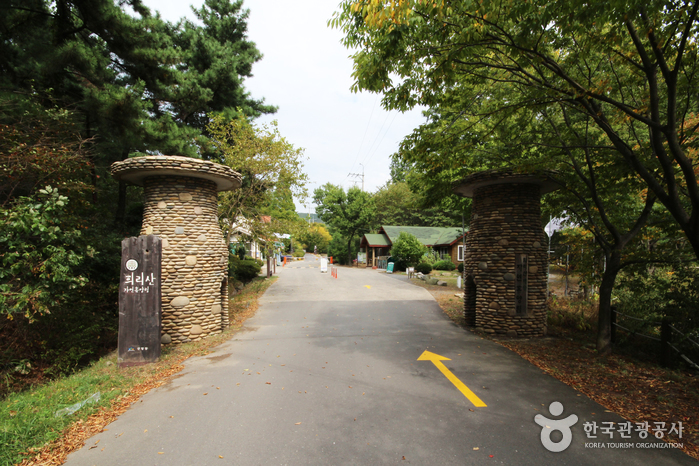
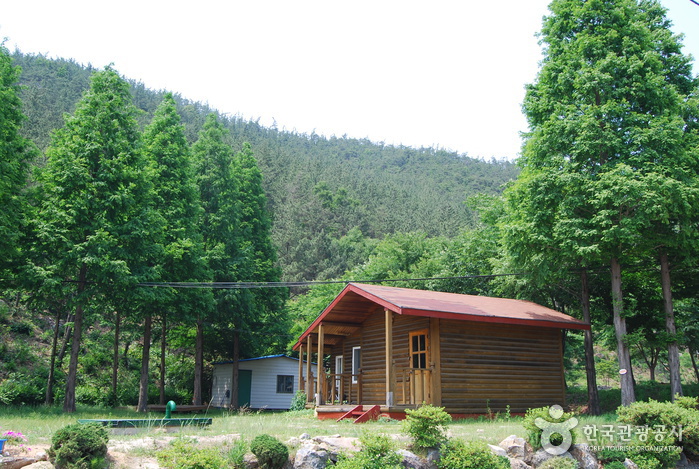
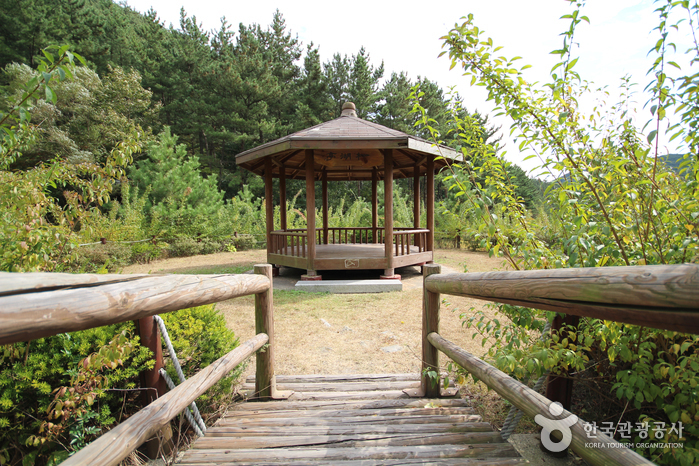
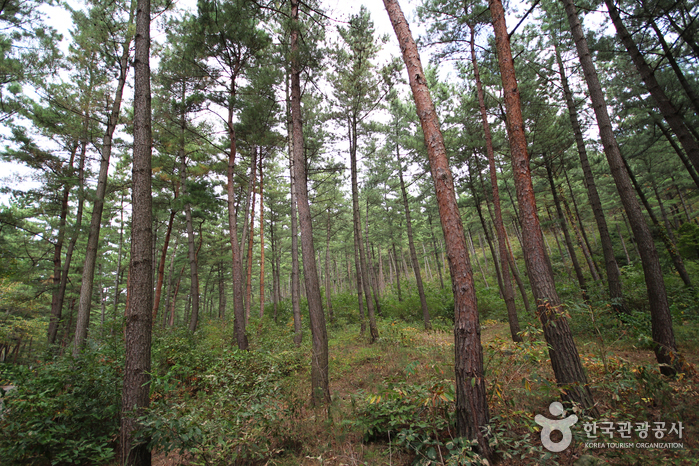
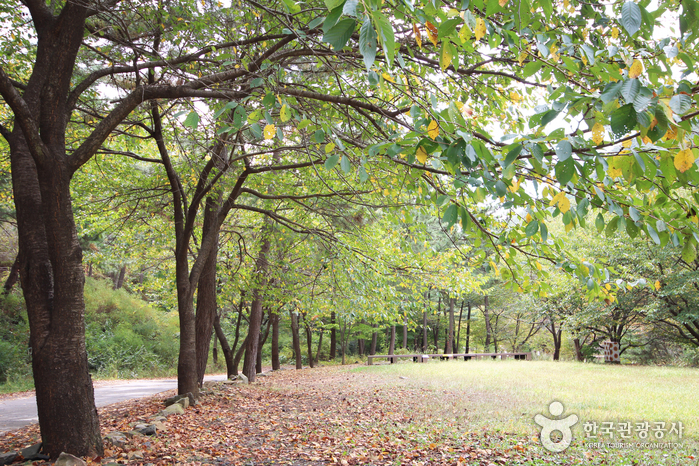
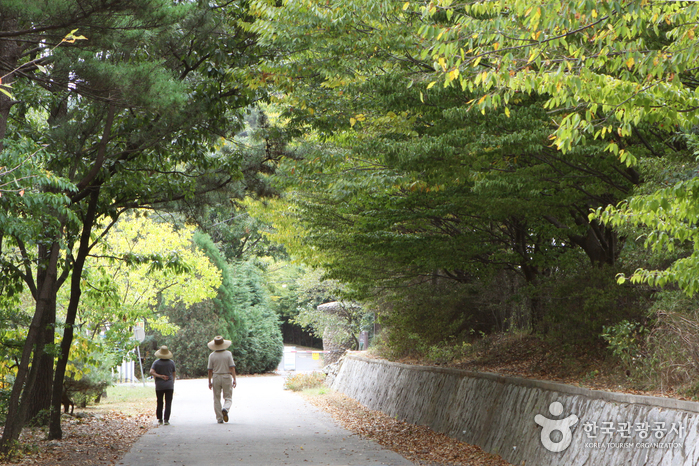
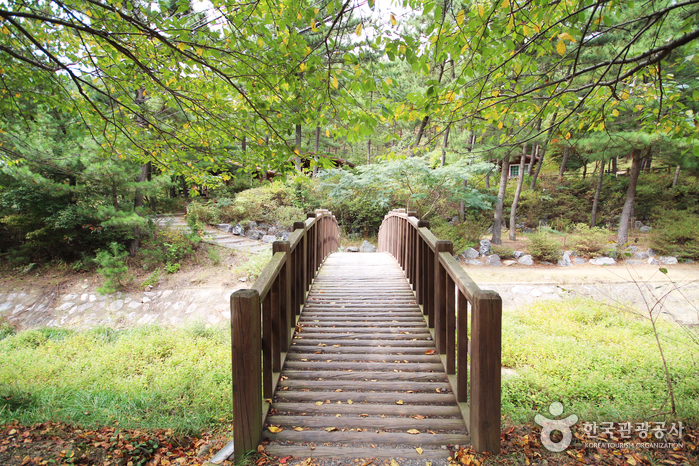
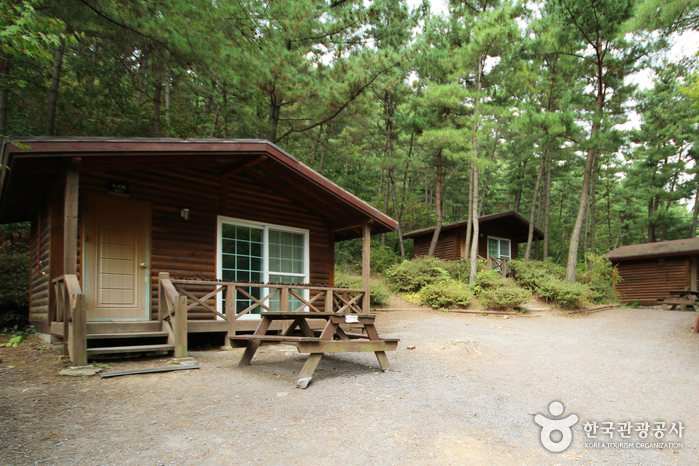
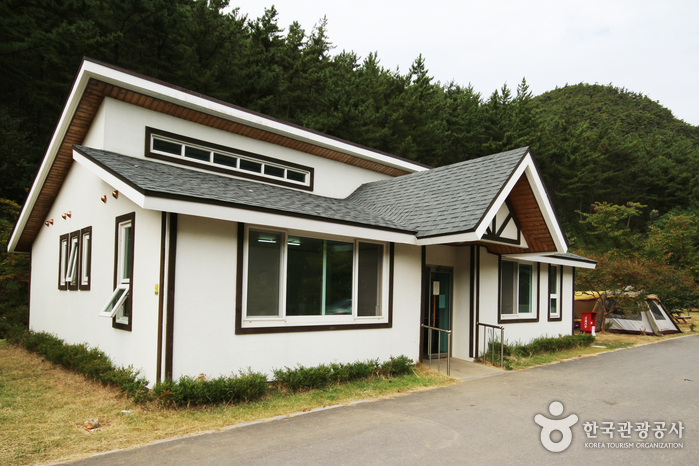
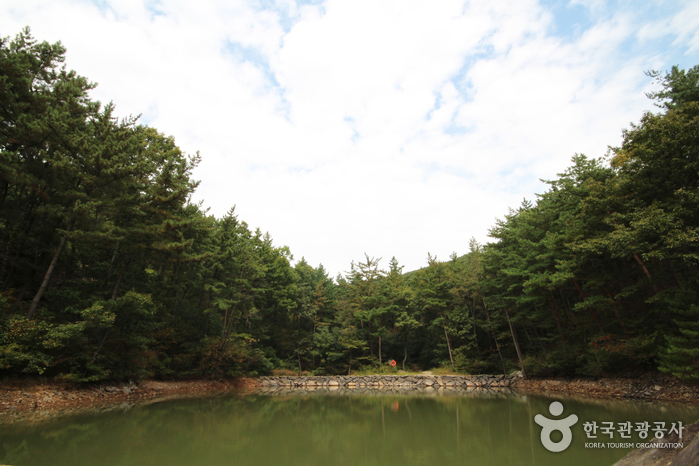
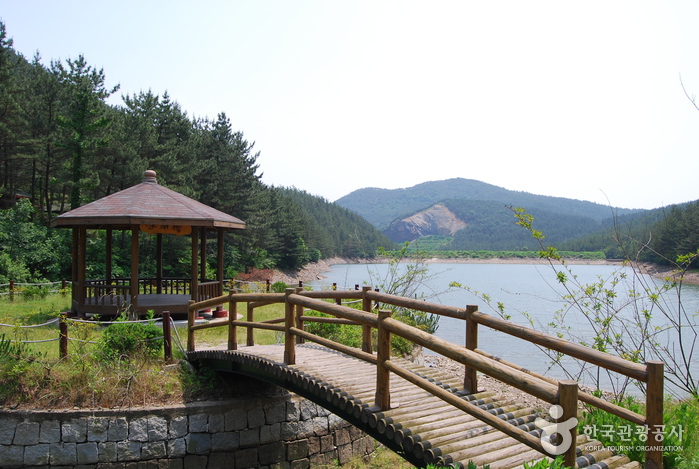

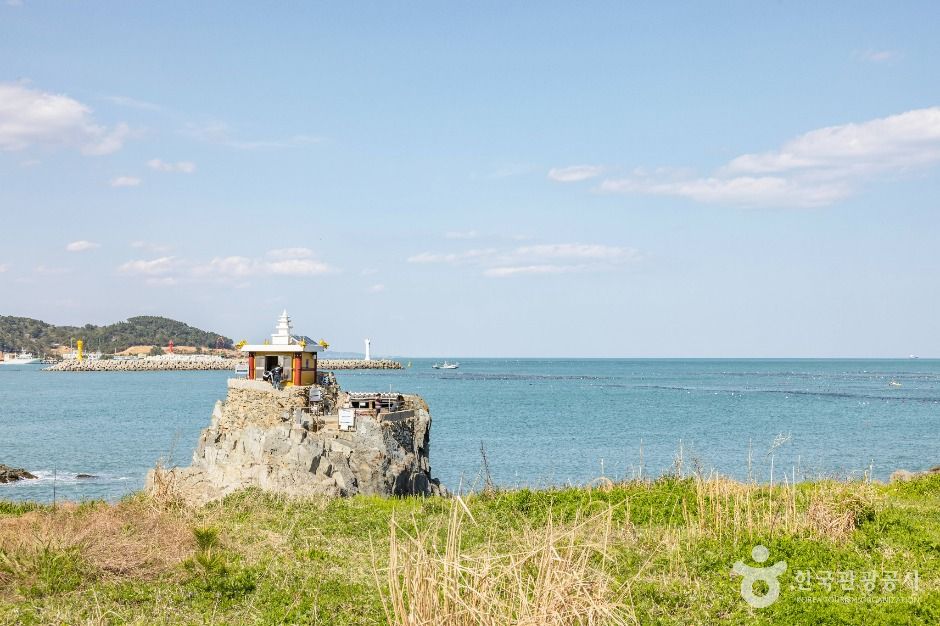
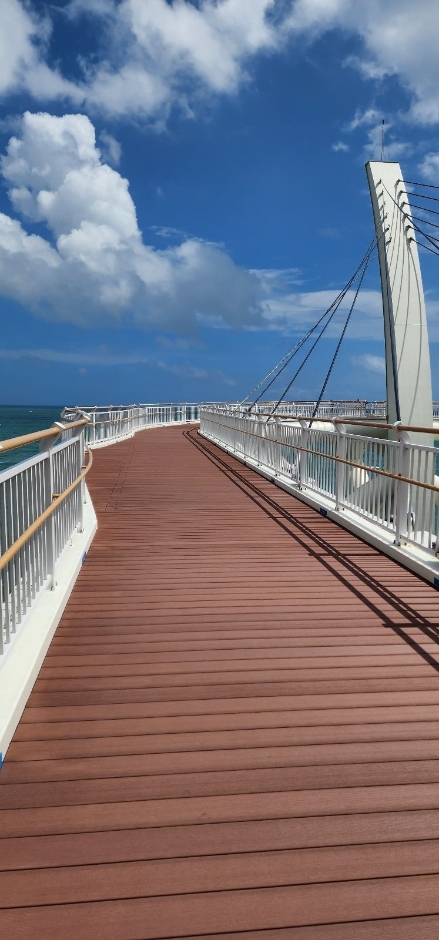
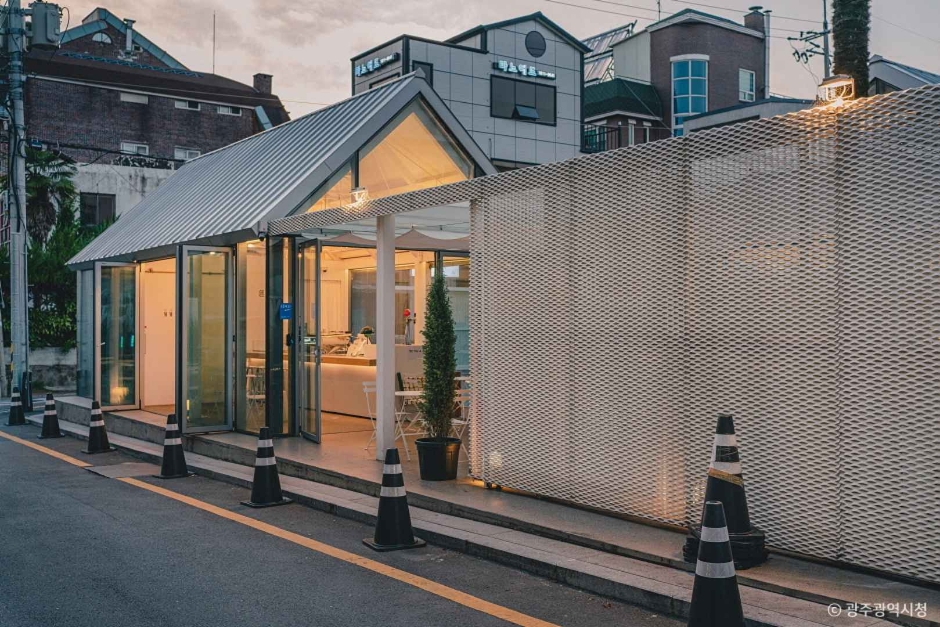
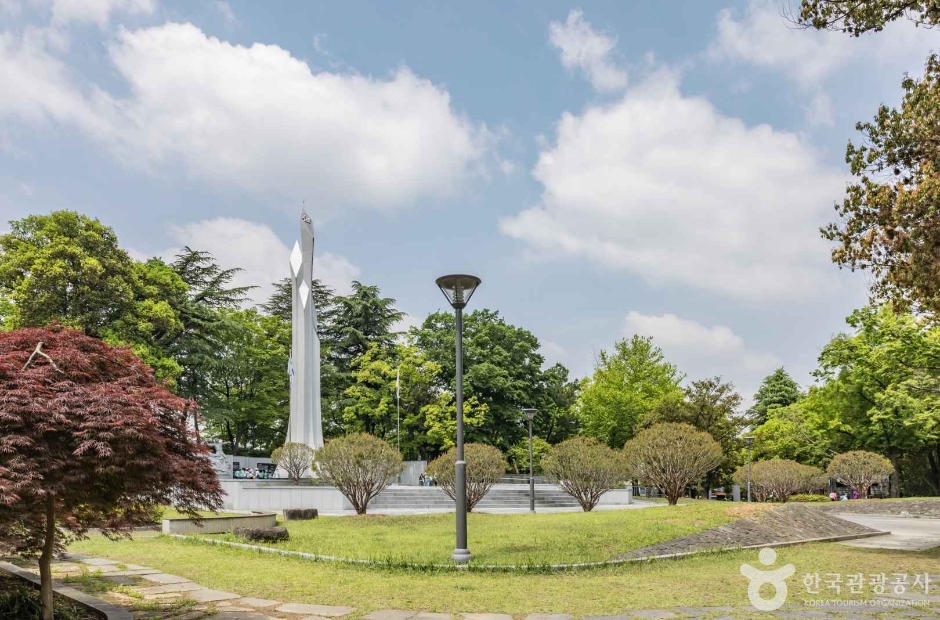
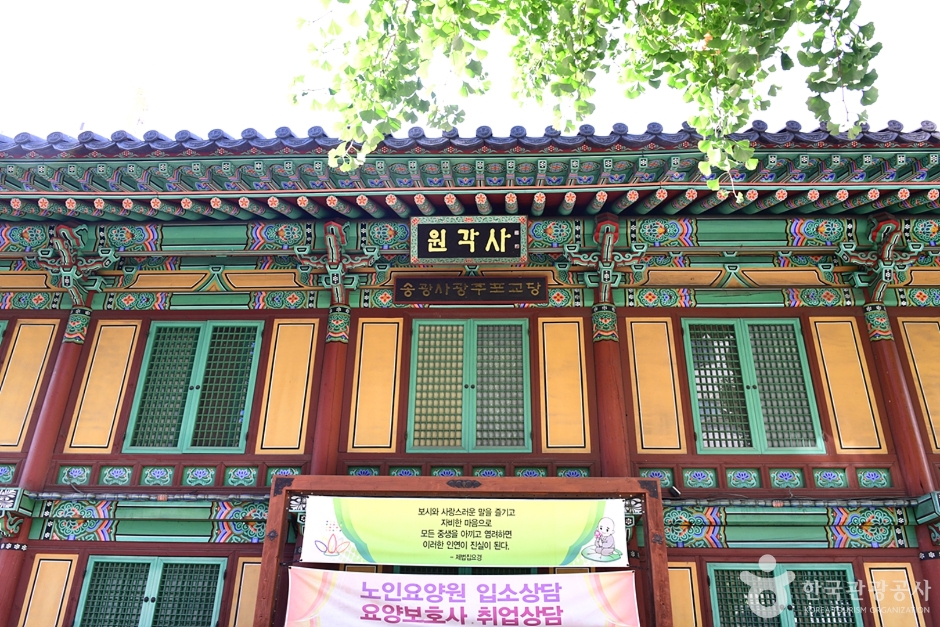
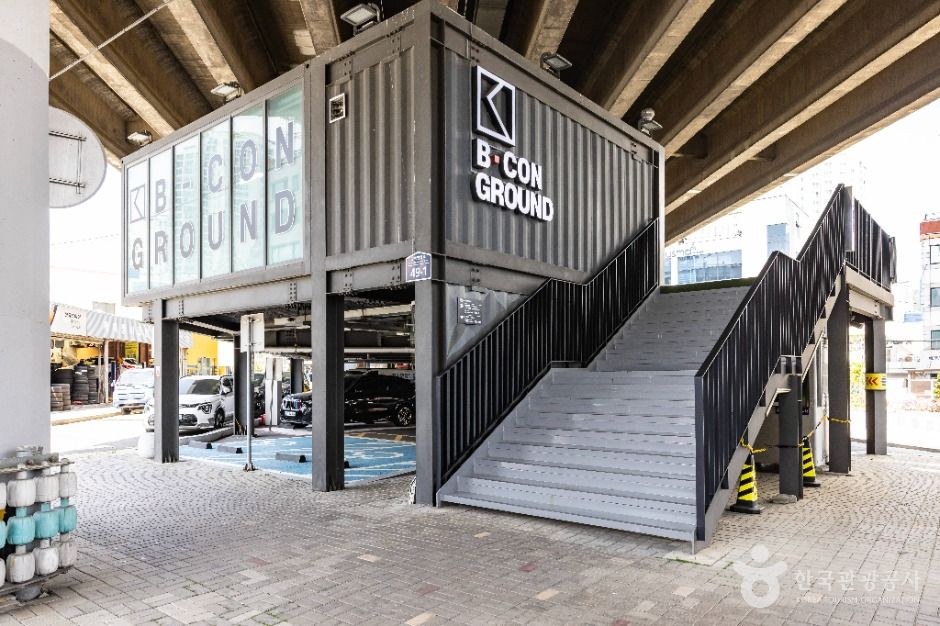

 English
English
 한국어
한국어 日本語
日本語 中文(简体)
中文(简体) Deutsch
Deutsch Français
Français Español
Español Русский
Русский